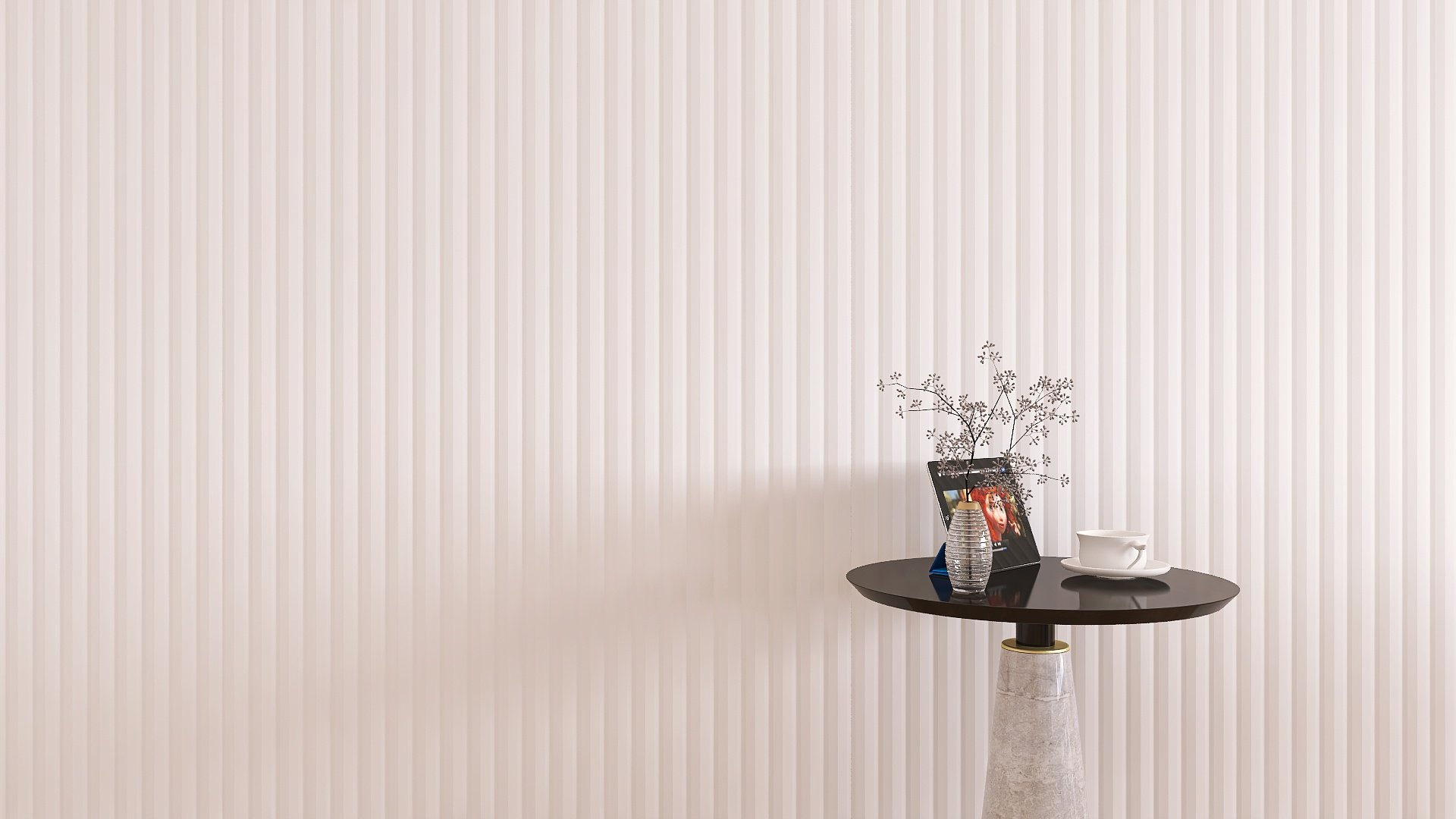Acoustic Design for Hybrid Workspaces: Balancing Collaboration and Focus
As hybrid work models become the norm, office spaces must adapt to serve both in-person collaboration and focused remote work. Acoustic design plays a pivotal role in creating flexible, productive, and comfortable environments in these modern workplaces.
Challenges in Hybrid Workspaces
Noise from Open Plans: Open offices amplify distractions, from casual conversations to ambient sounds, which can hinder productivity.
Virtual Meeting Sound Quality: Echoes and poor speech intelligibility in conference rooms impact virtual collaboration.
Privacy Concerns: Employees working on sensitive tasks or calls may struggle to find quiet spaces in open environments.
Key Acoustic Strategies
Zoning with Sound: Use acoustic partitions or screens to create quiet zones for focused work while maintaining collaborative areas.
Ceiling and Wall Panels: Installing sound-absorbing materials on ceilings and walls helps reduce reverberation and improve speech clarity.
Acoustic Desk Dividers: Individual workstations benefit from personal sound barriers to manage noise.
Highlighting Essential Acoustic Solutions
When designing hybrid workspaces, choosing the right acoustic solutions is essential for balancing functionality and aesthetics. Decorative acoustic panels such as PetFelt Wave not only enhance sound absorption but also add a stylish touch to modern office interiors. For individual workstations, acoustic desk dividers and acoustic room dividers ensure privacy and minimize distractions. Larger collaborative areas can benefit from acoustic screens and felt acoustic tiles, which effectively reduce noise levels while complementing the space's design.
Innovative Solutions
GB Acoustics offers a range of tailored products for hybrid spaces, including modular panels, Rafts, Baffles and desk dividers designed to optimize both aesthetic appeal and functionality. These solutions can cover between 25-50% of surfaces to strike the right acoustic balance.
Conclusion
Investing in effective acoustic design for hybrid workspaces ensures that employees have the right environment for every task, making the transition to new work models smoother and more efficient. By using a mix of acoustic solutions like decorative panels, desk dividers, and felt acoustic tiles, businesses can create dynamic, comfortable, and productive spaces that adapt to modern demands.

